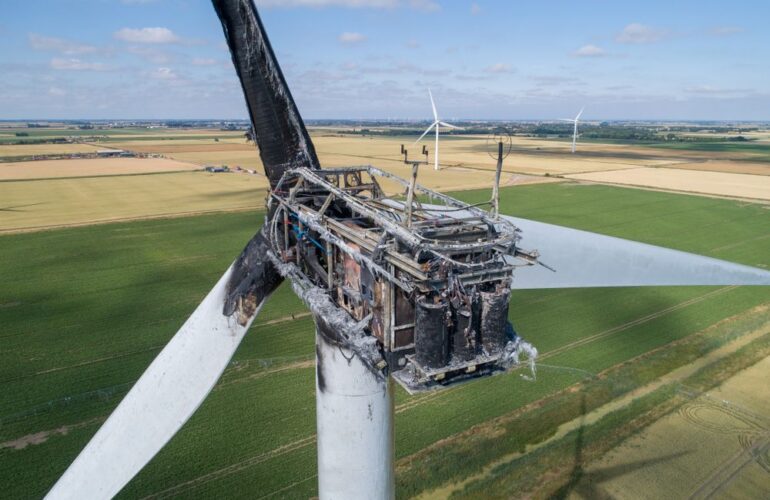Radioactive waste disposal in geological formations in Ukraine
In Ukraine, there are 4 (Zaporizka, Rivnenska, Pivdennoukrainska, Khmelnytska) nuclear power plants (NPP) with 15 power units. The Chornobyl NPP ceased operation on December 15, 2000. As a result of the activity of NPPs, which are the largest producers of waste (95% of their current generation), three main types of radioactive waste (RAW) are generated: gaseous, liquid and solid.
On average, NPPs generate up to 27 m3 of solid radioactive waste and 35 m3 of liquid radioactive waste per 1 billion kWh of electricity generated, depending on the type of reactor.
In general, there is a high degree of filling of storage facilities with solid (from 30 to 70%) and liquid (from 21 to 76%) radioactive waste.
Radioactive waste is divided into classes in order to ensure compliance with waste disposal requirements in four different types of storage:
- surface storage facilities (objects, which by their type correspond to landfills with limited regulatory control),
- near-surface storage facilities with a system of engineering barriers,
- underground storage facilities located at medium depth,
- storage facilities in deep geological formations
Solid and liquid radioactive wastes are located at: NPP, “Shelter” Facility, Exclusion Zone, Decontamination Waste Disposal Sites, Chornobyl NPP, Repositories of separate divisions of the old specialized enterprise “Radon Association”, Research nuclear reactors.
The existence of the Chornobyl exclusion zone determines Ukraine’s strategy in the field of radioactive waste management. Since the exclusion zone has no local population and contains most of the country’s nuclear waste, it appears to be the most suitable location for a repository for the final disposal of the waste in the soil, followed by burial in deep geological formations.
In Ukraine, the process of finding a place for the disposal of radioactive waste in deep geological formations began in 1993. From 1996 to 2003, the territory of Ukraine was investigated in order to evaluate potentially acceptable places. During the years 2000–2006, work was carried out on the comprehensive study of two promising areas for potential radioactive waste storage in geological formations, as well as radioactive waste isolation technologies. Researchers assume that it will be used to store spent nuclear fuel as well as classified radioactive waste. It is also assumed that Ukraine will build new nuclear power plants in accordance with the Energy Strategy of Ukraine until 2035.
Based on the results of preliminary studies, several sites were selected for burial in deep geological formations of high- and medium-level radioactive waste, including waste generated as a result of the decommissioning of the Chornobyl nuclear power plant and the decontamination of the station’s territory. It is assumed that about 59 000 m3 of long-lasting waste will be buried on the territory of the geological repository. Taking into account the fact that 95% of all long-lived waste with long decay periods is stored in the Chornobyl exclusion zone, a special study on the use of this area for the purpose of final disposal was initiated. Most of the research on this issue is carried out in Ukraine within the framework of international technical assistance projects, which are implemented with the aim of obtaining a scientific justification for future decisions. According to the results of geological and geophysical studies, two sites located within the Ukrainian shield were selected for drilling: Veresnianska and Tovstolisova.
Research in the framework of the creation of a storage area for the disposal of nuclear waste in deep geological formations is ongoing.
The most comprehensive overview of nuclear waste stored and handled in Ukraine can be found in the National Report On Compliance with Obligations under the Joint Convention on the Safety of Spent Fuel Management and on the Safety of Radioactive Waste Management




